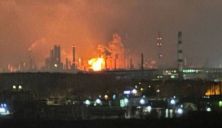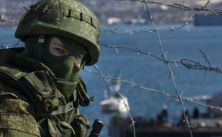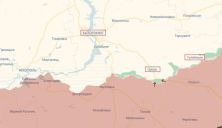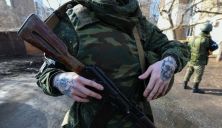Western sanctions are increasingly disrupting Russia’s ability to deploy effective strike drones, particularly the Shahed-136 models originally designed in Iran and rebranded as “Geran-2” by Russia. As reported by The Washington Post, these drones have faced a growing number of technical malfunctions in recent months. Key issues include drones losing stability during sharp maneuvers, with some crashing outright and others regaining control but becoming easy prey for Ukrainian air defenses.
Experts from the Royal United Services Institute (RUSI) have identified a critical factor behind these failures: the replacement of high-quality servo motors with inferior alternatives. Servo motors are vital components for controlling drone movements, and the shift to lower-quality substitutes has likely been forced by international sanctions that limit Russia’s access to advanced technologies and precision components.
These problems highlight a broader challenge for Russia as it grapples with the consequences of sanctions targeting its defense sector. The Shahed-136 drones, which were initially valued for their cost-effectiveness and operational reliability, are now becoming less dependable. Analysts note that this degradation significantly affects Russia’s capacity to sustain long-term, high-intensity drone campaigns against Ukraine.
The reduced performance of these drones undermines their strategic role in Moscow’s military operations. Ukraine’s growing success in intercepting malfunctioning drones further diminishes their impact, shifting the balance in favor of Ukrainian defenses. Continued sanctions pressure, experts believe, will further constrain Russia’s ability to replace or upgrade critical components, exacerbating existing weaknesses in its drone fleet.
Moreover, the reliance on Iranian-designed technology underscores the limitations of Russia’s domestic drone production capabilities. While Russia attempts to expand production under its military-industrial complex, sanctions targeting dual-use technologies and key suppliers are likely to hinder such efforts. This reflects a broader trend in how sanctions are eroding Russia’s ability to maintain and modernize its military arsenal in the face of prolonged conflict.













